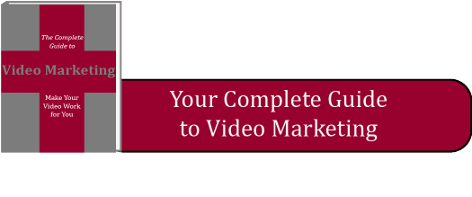Often we get used to the status quo. Whether it is our own house, or an old industrial website design. I have been avoiding the raised floor between my kitchen and my dining room for three years now. It is involuntary that when I cross the threshold, I lift my foot, so I don’t trip and fall.
The problem is that when we have visitors over they are invariably looking at something else, trip and try to throw themselves into the sink.
Luckily at the house, I can explain that we are keeping it as a mid-century example of primitive burglar alarms (a lie). However, when someone is visiting your website you aren’t there to tell them why your site looks the way it does. You know, old.
While old homes can be charming, old industrial sites give a poor first impression of your company. Fair or not, people assume that your business is like your website. If your website is old and outdated, well. Not really fair, but a reasonable assumption.

Outdated websites also hurt how you appear in search engines and limit your leads.
So here is how you can update your site and make it look like the cutting edge company you are.Industrial website design 366 marketing.jpg
Flash: Flash was an excellent way to have animations or illustrations on your site a few years ago. Now, however, it often will not work on newer devices or browsers, so it looks like a big blank spot. Not the best look for your site.
Static: Make sure your site is responsive and looks great no matter where people access it. More and more people every day are visiting your website on a tablet or mobile phone. If it is difficult to see or easy to not use, they are on to your competitor’s site.
Dates: See that little copyright down on the bottom of your site. Does it say last year? Or, say, 2007. Change it immediately. If you have testimonials from 2002, you might want to update those.
Tiny Pictures: As websites have progressed there is more reliance on larger images. If your site is text heavy, with small images, it tends to look more dated. You need to use larger, better pictures. Extra points for using pictures of your real employees on your pages instead of stock images.
Limited pages: Many times on dated industrial websites you click on something and only a part of the page changes. You are still on the same page just a bit of text has changed and maybe there is a new picture. You need to build each page around an individual idea, product or offering. This is not only a design flaw, but it also hurts how your site ranks and pulls in visitors. Modern industrial websites have every click go to a new page because every additional page means more pages that the search engines can crawl. Added pages equal more pages that you have the opportunity to rank, and more places people can find you.
Blog: Speaking of helping your site generate leads you need to have a platform to speak to your customer and present yourself as a thought leader. Not only does it let you share your ideas with prospects it also gives you a better opportunity to be found via search. A blog also gives you something to talk about on social media.
Landing pages: You need more landing pages or pages where you are offering valuable content to your visitors. Not just contact us pages, but pages that will rank in the search engine and generate leads.
Want some help with your industrial website design? Contact us maybe we can help.














